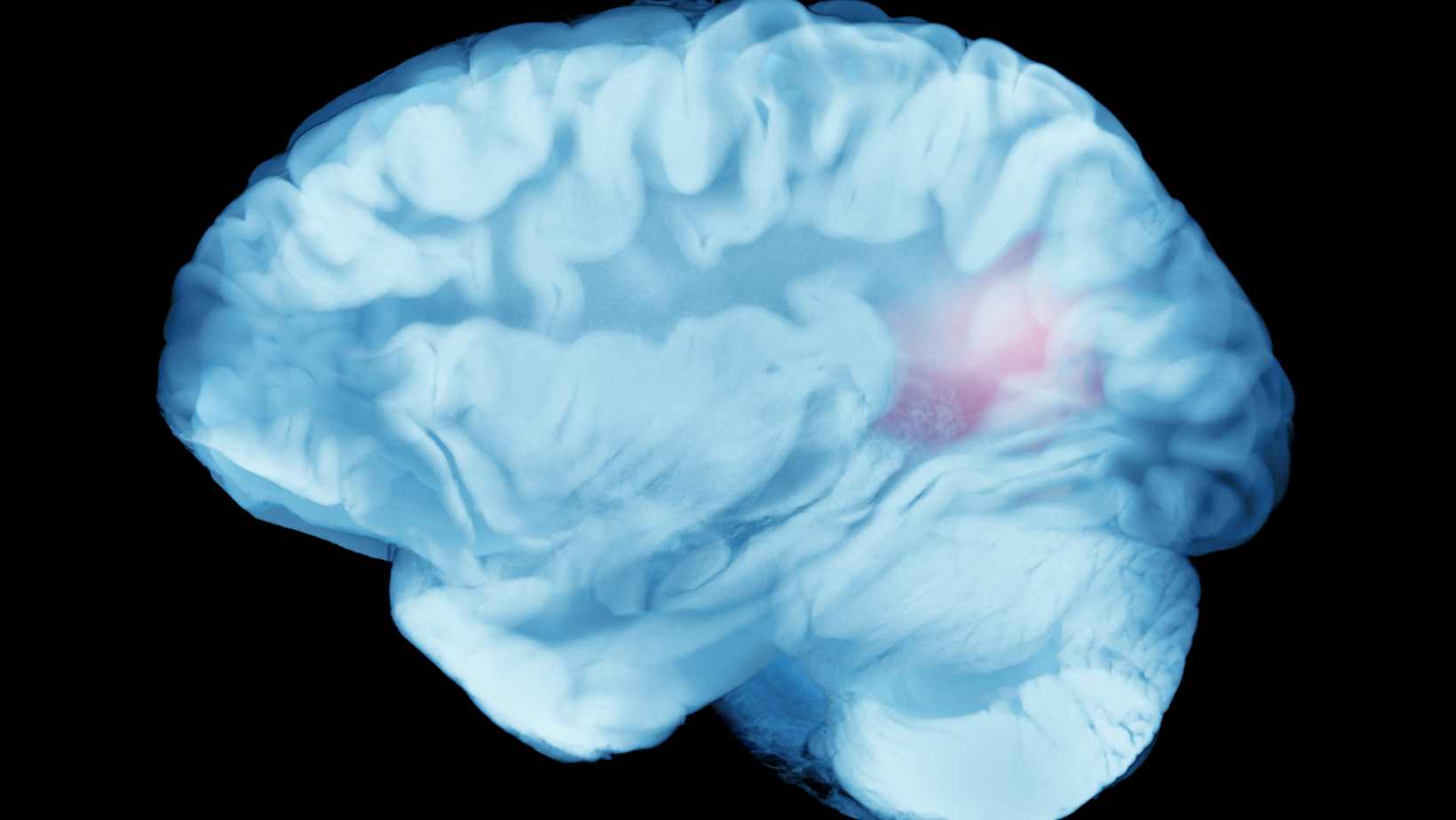Stroke is the most common neurological disorder owing to the sedentary lifestyle and unhealthy diet. It is a disease of the brain that occurs when a blood vessel gets ruptured, leading to cut off the supply of blood flow and oxygen in the brain’s tissue. Therefore, it is sometimes called ‘Brain attack’.
It is a medical emergency that needs immediate action. When oxygen supply is not reaching the brain cells and tissues, it causes failure and dies within minutes.
Table of Contents
ToggleTypes of Stroke
- Ischemic stroke (Clots) In this stroke, obstruction of blood vessels that supply blood to the brain occurs by formation of clots. It can be a blood clot or other particles like deposition of fatty acids called plaque that cause blockage by building up in the blood vessels. In the majority of strokes, clot formation is the major cause of obstruction.
- Silent stroke or silent cerebral infarction (SCI) is like a brain injury caused by blood clot formation that cuts off blood supply to the brain. The symptoms of silent stroke include slight loss in memory, lack of balance in the body, temporary loss of basic muscle movement, impairment of cognitive skills and ability.
- Hemorrhagic stroke (Bleeds) In this stroke, the weakened blood vessel ruptures and bursts in the brain. The blood then accumulates and builds up in the surrounding brain tissue. This leaked blood compresses and puts high pressure on surrounding tissue, damaging the brain cells. The two types of weakened blood vessels that cause hemorrhagic stroke are Cerebral aneurysms and arteriovenous malformation.
- Transient ischemic attack (TIA) it is also called mini stroke. In this stroke, temporary blockage of blood flow to the brain occurs. The blockage is usually not longer than 5 minutes, therefore, it is usually ignored. However, it is a warning sign for full blown future strokes. TIA can occur in any age group, but usually risk increases with age. TIA can act as a signal for a second stroke in future. If you already had a first stroke, then pay much needed attention to the warning signals. On an average 15% of all people suffer from major stroke within 3 months of TIA. Some common warning signals are weakness, numbness or paralysis of one side of the body, severe headache, dizziness, problem in understanding others, blindness in one or both eyes.
- Brain stem stroke in this stroke, the brainstem is affected. It may have complex symptoms which are difficult to diagnose. It affects both sides of the body and leaves it in a locked- in state. The function of the brain stem is to control the central nervous system, regulates consciousness, blood pressure and breathing. A stroke in the brain stem can cause impairment of one or more functions. The severe brain strokes can cause locked- in syndrome in which the person is not able to move the part below the neck. Like all other strokes, the brain stem has a wide spectrum of symptoms and risk factors. The risk factors for brain stem strokes are high blood pressure, diabetes, heart disease, atrial fibrillation and smoking.
What are the most common risk factors for stroke and their prevention?
- Control high blood pressure high blood pressure or hypertension is the primary cause of stroke that is more common in people nowadays. Simultaneously it is the significant controllable risk factor. Regularly check your blood pressure, know your numbers and keep them under check. Manage the high blood pressure level.
- Do moderate exercise 5 times a week physical inactivity leads to stroke, heart disease, high blood pressure, high cholesterol level, obesity. Regular exercise is suggested by doctors, however, do not do vigorous exercise. Exercise will help in breakdown of fatty acid deposits and thereby, reduce cholesterol.
- Eat a healthy, balanced diet Diets that are rich in saturated fats and cholesterol can raise the blood cholesterol level which in turn, accumulates in the blood vessels leading to stroke. The food high in sodium salt leads to high blood pressure and intake of high calorie food results in obesity. These factors increase stroke risk even more. First, take proper guidance and know your body type, the levels of minerals in the body in order to avoid potent barriers to a healthy body.
- Reduce your cholesterol the presence of large amounts of cholesterol in the body leads to blood clots, a primary reason for stroke. However, some reports show that low level of high-density lipoprotein is a risk factor for stroke in men
- Avoid smoking and avoid second hand exposure the composition of nicotine and carbon monoxide in the smoke of cigarettes can potentially damage the cardio- vascular system. Studies show that smoking while using birth control pills causes the risk of stroke even more severe.
- Identify and treat atrial fibrillation some of the common heart diseases can increase the risk for stroke. For example- Atrial fibrillation, a heart rhythm disorder causes a clot that can reach to the brain and leads to stroke. In addition, if you have sleep apnea that is linked to Atrial fibrillation and increases the risk of stroke.
- Diabetes in diabetes, the person has low or no production of insulin, also unable to use the insulin for glucose uptake. Insulin is a peptide hormone vital for conversion of glucose into energy stored form in the body. In case of diabetes, sugar level will rise in the blood and prevent oxygen and nutrients from reaching various tissues, including brain cells. Some factors like high blood pressure are associated with diabetic person and increase the risk of stroke.
What are the 5 warning signs of a stroke?
- Uneven smile on person’s face or droop in face movement.
- The numbness in arms or weakness is the warning sign.
- Slurred speech is the indication of stroke.
- Having trouble with vision in one or both eyes.
- Losing consciousness, trouble walking.
Can you detect a stroke before it happens?
- You can use the FAST test to check the most common symptoms in order to detect in the early stage.
- Face: Ask the person to smile and see it is uneven or if one side of the face droops.
- Arms: Ask the person to raise both the arms. If a person is not able to raise arms or one arm drops down.
- Speech: Ask the person to randomly repeat a sentence and check for slurred speech.
- Time: If you observe these signs, contact the doctor immediately.
- For further queries and details, ask the stroke specialist Dr. Chandril Chugh.

This article is medically reviewed by Dr. Chandril Chugh, Board-Certified Neurologist, providing expert insights and reliable health information.
→ Book a consultation to discover which remedies suit your needs best.
About Author | Instagram | YouTube | Linkedin




